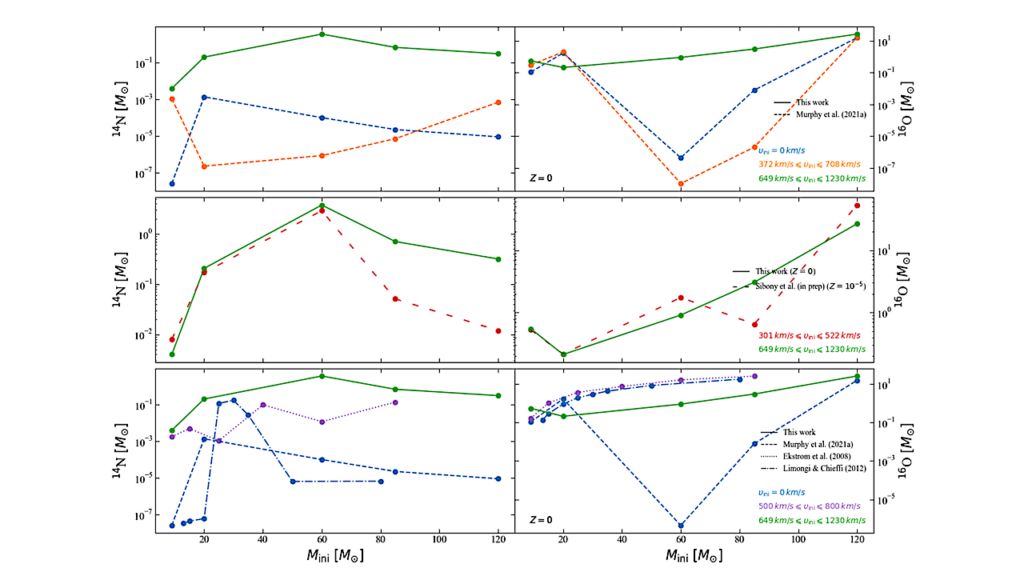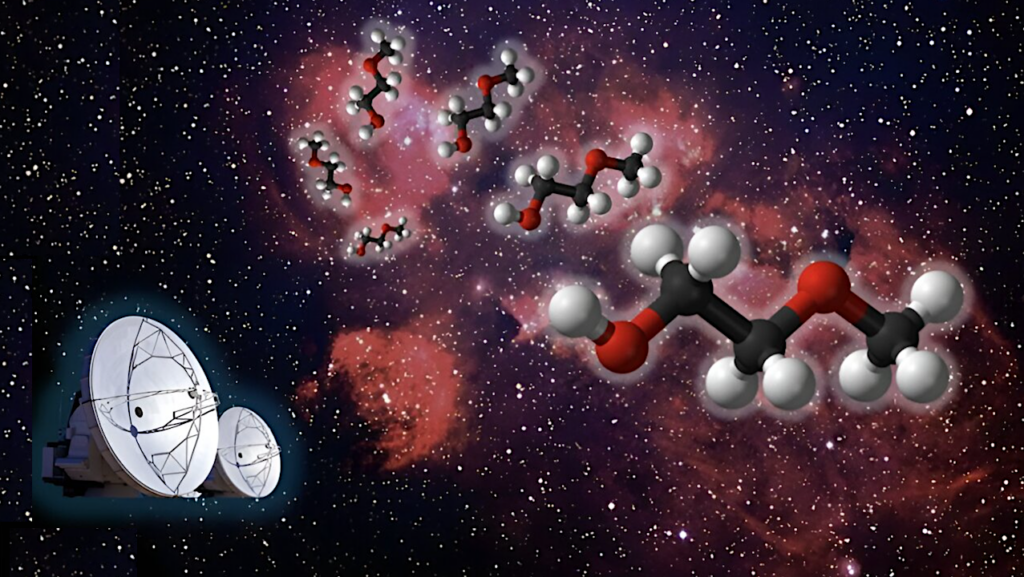Photoprocessing Of H2S On Dust Grains: Building S Chains In Translucent Clouds And Comets

Context. Sulfur is used as a tracer of the evolution from interstellar clouds to stellar systems. However, most of the expected sulfur in molecular clouds remains undetected.
Sulfur disappears from the gas phase in two steps. One first depletion occurs during the translucent phase, reducing the gas phase sulfur by 7-40 times, while the following freeze-out step occurs in molecular clouds, reducing it by another order of magnitude. This long-standing dilemma awaits an explanation.
Aims. The aim of this study is to understand under which form the missing sulfur is hiding in molecular clouds. Depletion onto dust grains is considered.
Methods. Experimental simulations mimicking H2S ice UV-photoprocessing in molecular clouds were conducted. The ice was monitored using infrared spectroscopy and the desorbing molecules were measured by quadrupole mass spectrometry. Theoretical Monte Carlo simulations were performed for interpretation of the experimental results and extrapolation to astrophysical conditions.
Results. H2S2 formation was observed during irradiation at 8 K. Molecules H2Sx with x > 2 were also identified and found to desorb during warm-up, along with S2 to S4 species. Larger Sx molecules up to S8 are refractory at room temperature and remained on the substrate forming a residue. Monte Carlo simulations were able to reproduce the molecules desorbing during warming up, and found that residues are chains or sulfur consisting of 6-7 atoms. Conclusions. We propose that S+ in translucent clouds contributes notoriously to S depletion in denser regions by forming long S-chains on dust in few times 10^4 years. We suggest that the S2 to S4 molecules observed in comets are not produced by fragmentation of these large chains. Instead, they probably come either from UV-photoprocessing of H2S-bearing ice produced in molecular clouds or from short S chains formed during the translucent cloud phase
S. Cazaux, H. Carrascosa, G. M. Munoz Caro, P. Caselli, A. Fuente, D. Navarro-Almaida, P. Riviére-Marichalar
Comments: Accepted to A&A
Subjects: Astrophysics of Galaxies (astro-ph.GA); Earth and Planetary Astrophysics (astro-ph.EP); Solar and Stellar Astrophysics (astro-ph.SR)
Cite as: arXiv:2110.04230 [astro-ph.GA] (or arXiv:2110.04230v1 [astro-ph.GA] for this version)
Submission history
From: Stephanie Cazaux [view email]
[v1] Fri, 8 Oct 2021 16:31:50 UTC (1,051 KB)
https://arxiv.org/abs/2110.04230
Astrobiology, Astrochemistry,








